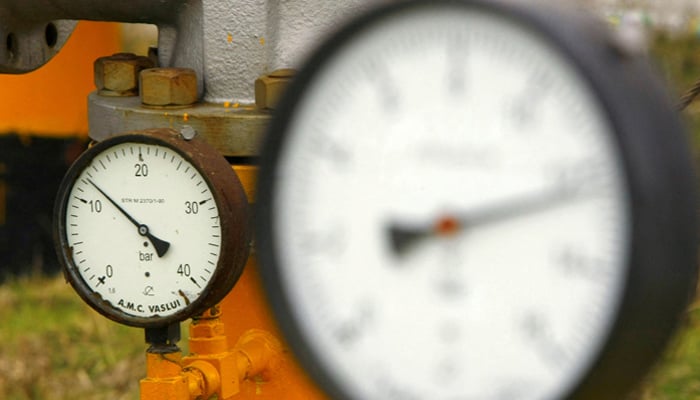
- Domestic gas demand rises to 950 million cubic feet per day
- The electricity sector does not consume RLNG against its demand.
- Data shows that the domestic sector is now the largest consumer of RLNG.
The pressure in the pipelines of the main gas pipeline has further increased, reaching 5.26 billion cubic feet (bcf), posing a serious threat to the stability of the national gas network. News reported.
5bcf is the danger mark, and when exceeded, the pipeline can burst at any time.
According to the latest data, domestic sector gas demand has increased to 950 mmcfd, and regasified liquefied natural gas (RLNG) of 450 mmcfd is being diverted to residential consumers. But the power sector does not consume the RLNG input against its demand of 400 mmcfd.
It now drops below 300 mmcfd for power generation. “Electricity demand is hovering between 10,000 and 13,000 MW despite hydropower generation falling to less than 1,000 MW due to ongoing canal closures that will last until January 31, 2025,” according to the data.
Power Division claims that it operates RLNG-based power plants under the Economic Merit Order (EMO). It operates cheaper or essential power plants first.
Data shows that the domestic sector is now the largest consumer of RLNG and its diversion will cost the system up to over Rs 200 billion. The amount will appear in the gas circular debt, bringing it to 2.9 trillion rupees from the existing 2.7 trillion rupees.
Gas consumption has decreased by 150 mmcf per month. It is thanks to this that 18 cargoes of liquefied natural gas (LNG) became operational. Captive power plants will also be disconnected by January 31. They will be connected to the electricity grid according to the structural criterion of the IMF loan program of 7 billion dollars. This will bring the number of additional LNG cargoes to 30.
The PLL-KE LNG supply agreement will end by 2025 and, if not extended, the number of additional RLNG cargoes will increase by six to 36. Gas consumption has decreased significantly, mainly due to lower GDP growth and high gas prices.
So far, the government has managed to shift five LNG cargoes that were due to be imported in 2025 to 2026. It is also in contact with Qatar to postpone the import of five LNG cargoes to 2026.
Every year, Pakistan imports 120 cargoes of LNG. It imports 10 cargoes each month – 9 from Qatar per month and one from ENI.
Pipeline pack data as of January 21, 2024 reveals that the SNGPL system gets a daily inflow of RLNG of 976 mmcf and indigenous gas of 741 mmcfd.
Agritech’s gas consumption remained suspended from January 20 due to an annual shutdown of its plant for about a month.
However, there is a low gas supply (171 mmcfd) from MOL (CPF) due to some problems at their end. Current inlet flow is 179 mmcfd.
